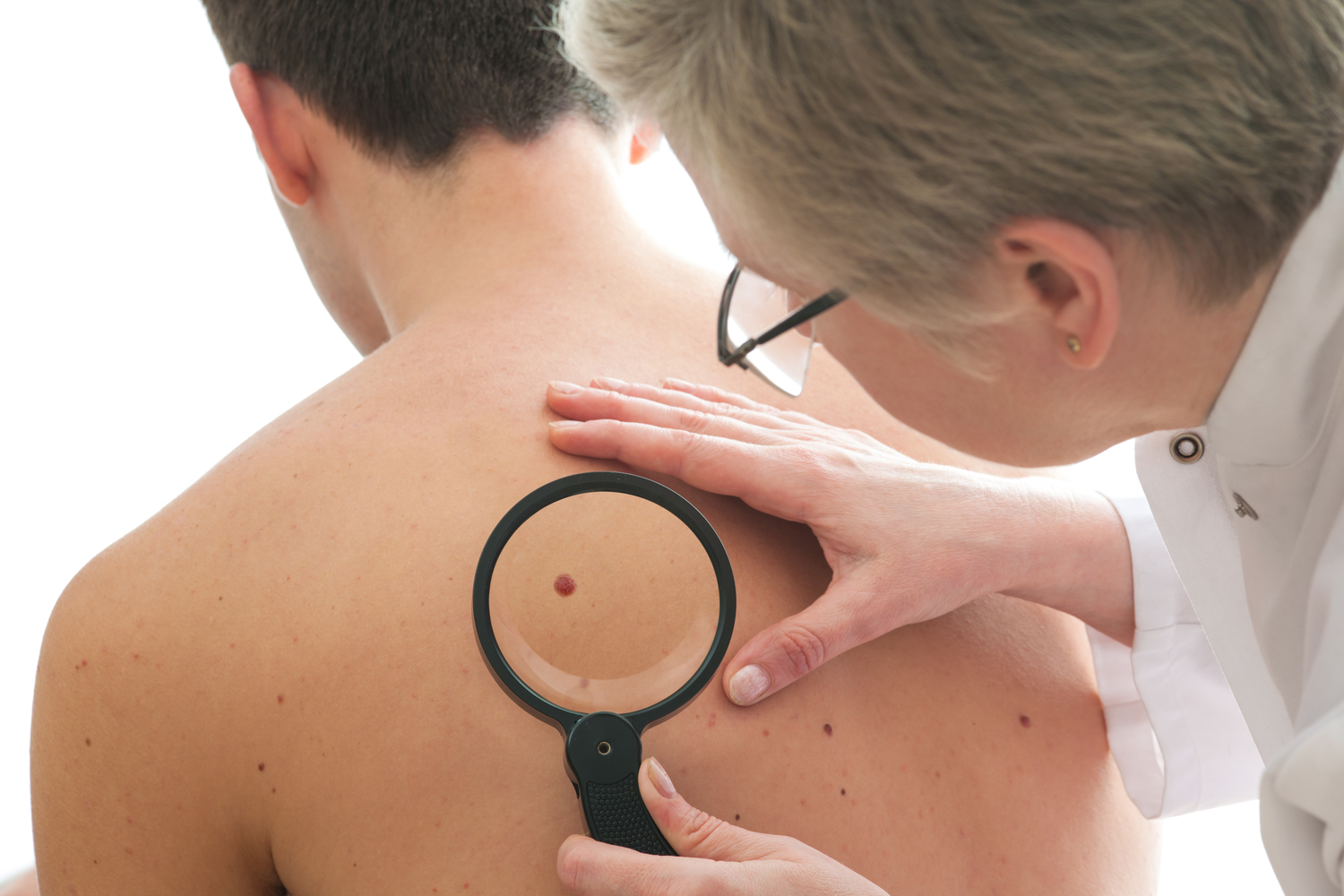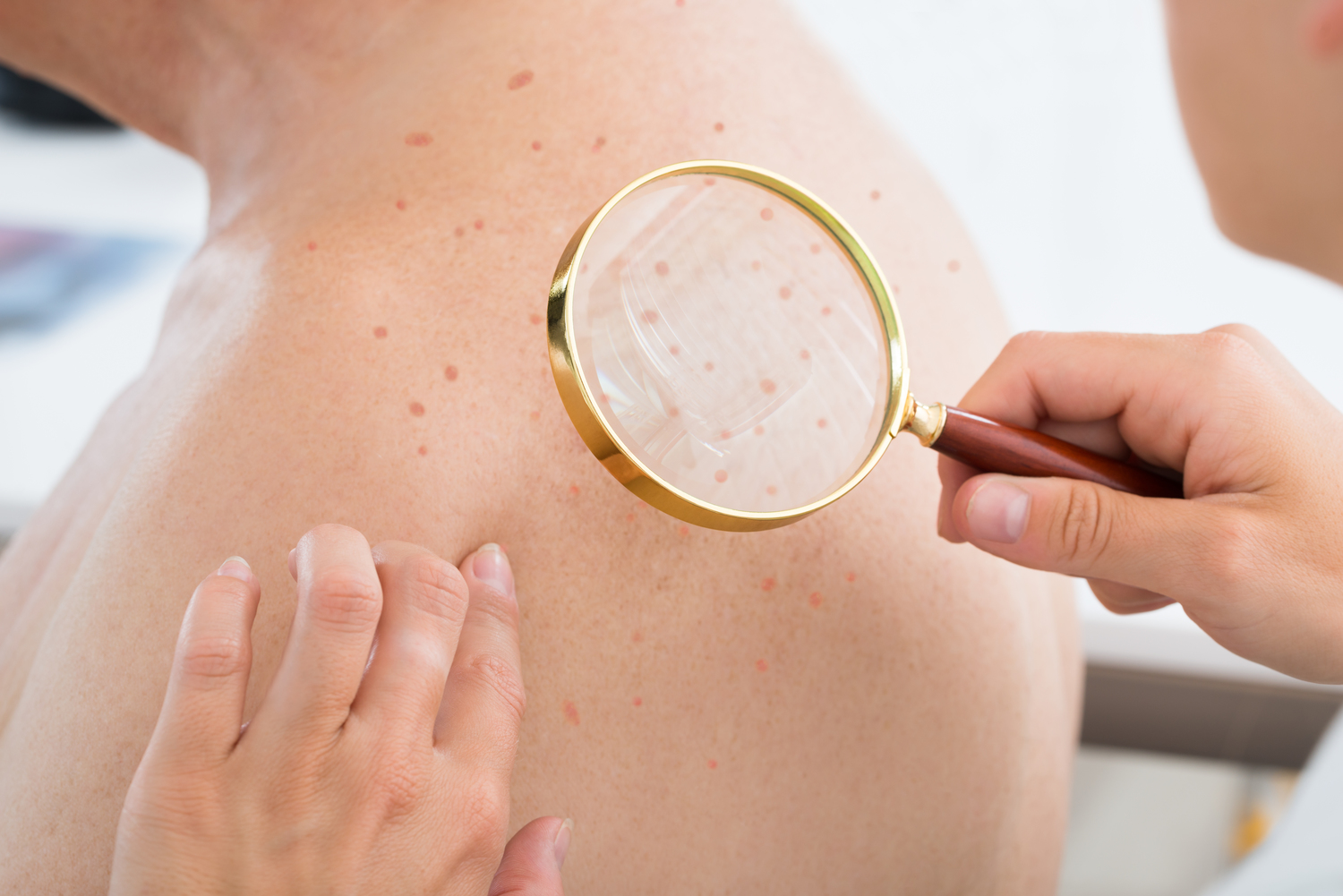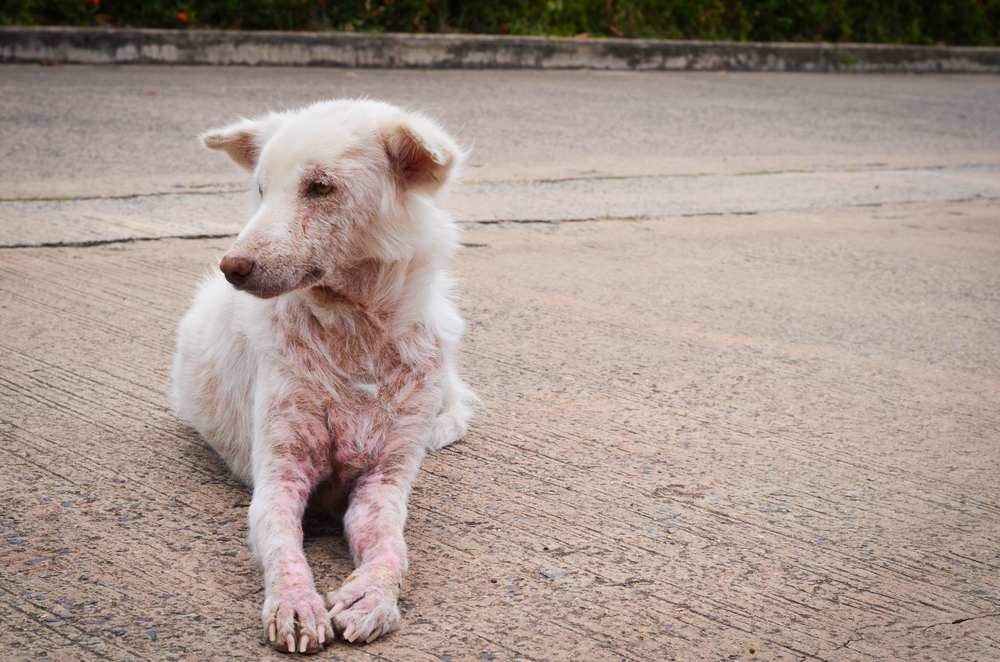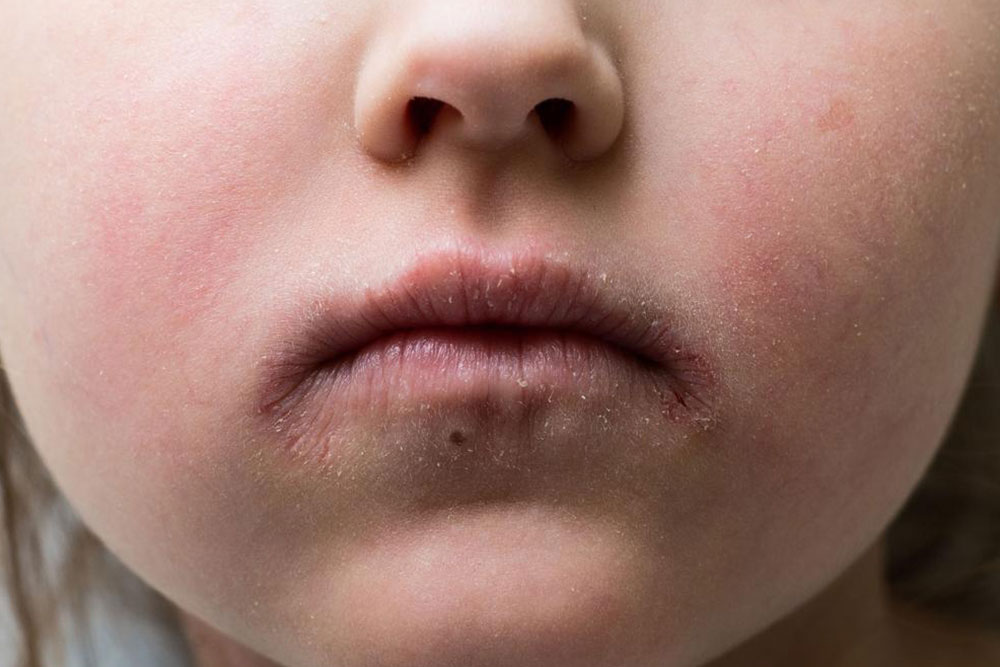Understanding Cellulitis: Causes, Symptoms, and Prevention
Cellulitis is a common bacterial skin infection that can affect various parts of the body, especially the lower legs and face. It results from bacteria entering through skin injuries like cuts or insect bites. Symptoms include redness, swelling, warmth, pain, and fever. Prompt medical attention is essential for effective treatment and prevention of serious complications. Recognizing the causes and early signs of cellulitis helps ensure quick care and avoids long-term health issues.
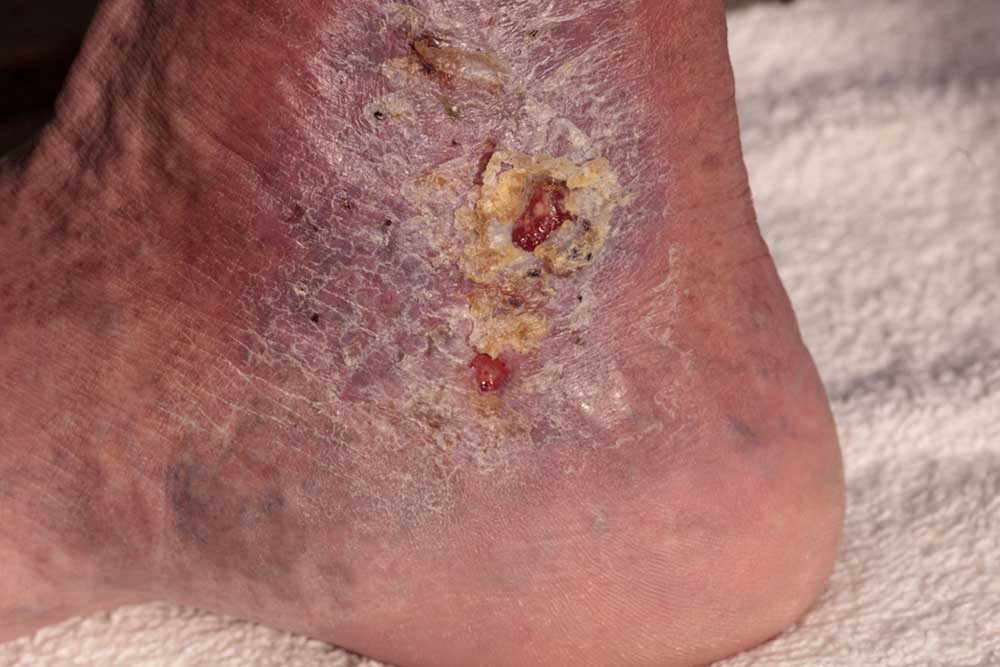
Understanding Cellulitis: Causes, Symptoms, and Prevention
Cellulitis is a widespread bacterial skin infection that can sometimes lead to serious health issues. The skin acts as a protective barrier, and when compromised, bacteria can invade, causing redness, swelling, and tenderness on the affected area. Most commonly seen on the lower legs, cellulitis can also affect the face, arms, and other exposed regions. Recognizing its causes and symptoms early is key to effective treatment and prevention.
Cellulitis occurs when bacteria like streptococcus or staphylococcus penetrate through skin injuries such as cuts, punctures, or skin cracks. This infection is more prevalent in areas with skin damage or compromised skin integrity. Bacteria can also enter through animal bites, skin conditions like athlete’s foot or dermatitis, or dry, flaky patches. Risk factors include recent surgery, cuts, ulcers, or swollen skin areas.
Key Symptoms
Expanding red, warm patches on the skin
Localized swelling and tenderness
Pain and skin warmth
Fever and chills
Red spots or blisters
Skin dimpling or softness
If untreated, recurrent episodes can lead to complications such as deep tissue infection or chronic limb swelling. Early detection and medical consultation are vital for effective management.

